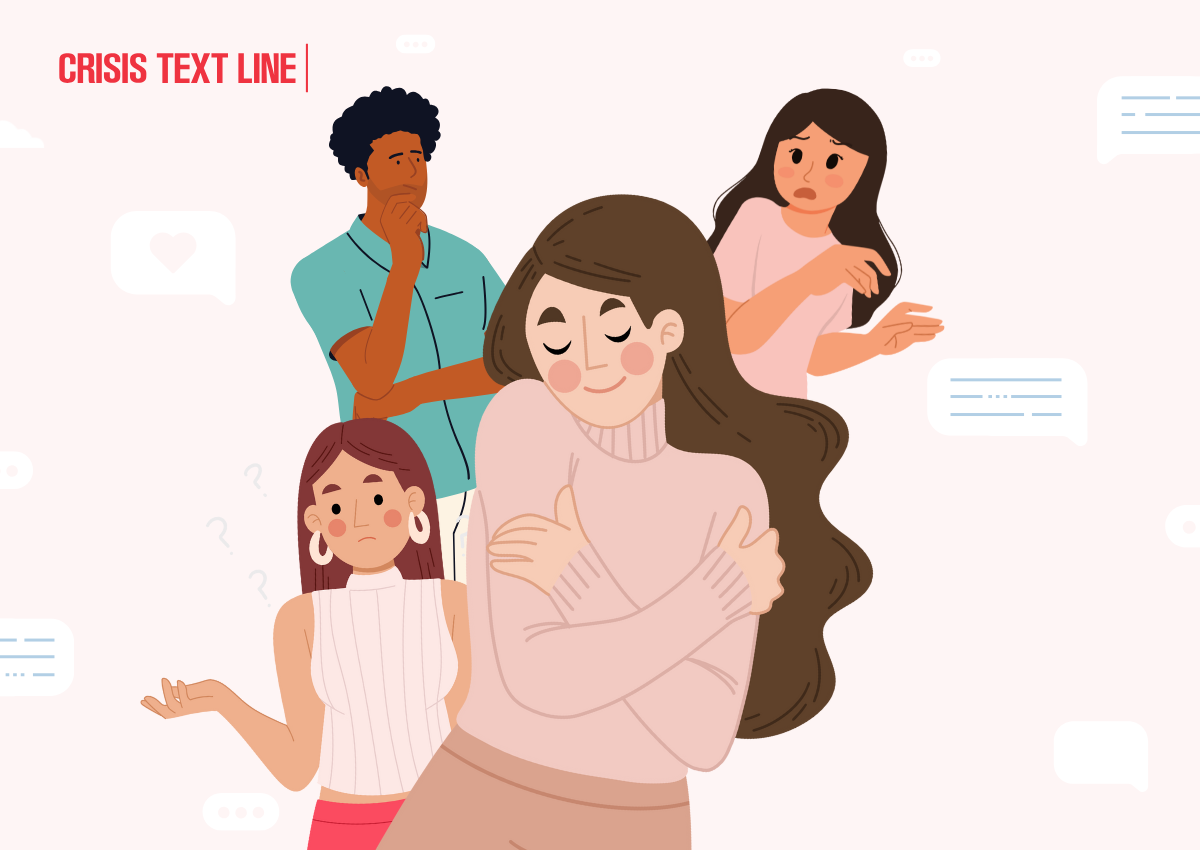Avoidant Attachment and Other Styles That Shape Your Relationships

While many relationship-related topics like limerence and love languages have been gaining popularity, attachment styles are having a major moment right now—and not just in therapy sessions. From TikTok to podcasts to dating shows like Love Island and Love Is Blind, the way we form emotional bonds is gaining major attention.
The four primary attachment styles—secure, anxious, avoidant, and disorganized—offer a framework for understanding how people relate to others, including in romantic relationships. As viewers of reality dating shows watch cast members navigate love, heartbreak, and commitment, attachment styles have become a trending lens through which we analyze not just our favorite reality TV couples, but also our own relationship patterns.
Knowing your attachment style can be a useful tool for building healthier, more fulfilling connections– with a romantic partner or with others in general. It’s also important to note that while online quizzes and social media content can spark curiosity, the only reliable way to truly understand your attachment style is through guidance from a licensed mental health professional. Additionally, attachment styles exist on a spectrum and individuals may show traits from more than one style, especially under stress.
What is Attachment Theory?
Attachment theory explains how our childhood bonds with primary caregivers shape the way we connect with others throughout life. According to the Cleveland Clinic, these early interactions form the foundation for one of four attachment styles: secure, anxious, avoidant, or disorganized (also known as fearful-avoidant). A secure attachment develops when a parent or caregiver is consistently responsive and nurturing, while inconsistent, dismissive, or fear-based caregiving can lead to the other, more insecure attachment styles. These patterns can carry into adulthood, influencing how we navigate intimacy, trust, and emotional vulnerability in relationships.
Avoidant Attachment
Avoidant attachment style typically develops in childhood when a caregiver is emotionally unavailable, dismissive, or discourages vulnerability. As a result, the child learns to rely on themselves for comfort and often suppresses emotional needs. In adulthood, individuals with avoidant attachment may appear independent, self-sufficient, and uncomfortable with emotional closeness. They might struggle to open up, avoid deep conversations, or pull away from deeply intimate relationships.
In friendships and romantic relationships, this can look like keeping people at a distance, prioritizing personal space, and feeling overwhelmed by others’ emotional needs. While avoidantly attached individuals may deeply care about others, their desire to protect themselves from emotional intimacy often creates barriers to connection.
If having this type of attachment style sounds relatable to you, and is affecting your relationships with others, we’re here if you want to talk about it! Text CONNECT to 741741 to connect with a live volunteer Crisis Counselor– free, confidential, 24/7.
Other Attachment Styles at a Glance
Secure attachment.
Secure attachment style forms when a child experiences consistent and nurturing care from their caregiver, creating a sense of safety and trust in relationships. This early emotional stability creates healthy adult relationships. Securely attached people tend to be comfortable with intimacy, are able to communicate their needs, and are supportive of others’ needs in return. In both friendships and romantic relationships, they typically build strong, trusting bonds, manage conflict in a healthy way, and maintain a good balance between closeness and independence.
Anxious attachment.
Anxious attachment style can develop in childhood when a caregiver is inconsistent— sometimes nurturing and attentive, other times unavailable or unpredictable. This lack of stability can lead a child to crave constant approval and reassurance, fearing abandonment or rejection. Long term, people with anxious attachment may be highly sensitive to relationship dynamics, crave closeness, and worry about whether others truly care about them. In friendships and romantic relationships, they might seek constant validation, feel easily hurt by perceived distance, and struggle with insecurity, anxiety, or jealousy.
Disorganized attachment.
Disorganized attachment style, also known as fearful-avoidant attachment, often develops in childhood when a caregiver is both a source of comfort and fear— such as in situations of trauma, abuse, or unpredictable behavior. This creates confusion for the child where they desire closeness but also feel unsafe. As adults, individuals with this attachment style may display a mix of anxious and avoidant traits: they crave connection but fear getting hurt. In friendships and romantic relationships, this can show up as intense closeness followed by sudden withdrawal, difficulty regulating emotions, and struggles with trust or commitment.
Note: The above information on attachment styles is a high-level overview. If you are interested in learning more and identifying your own attachment style, we encourage you to seek professional guidance from a licensed mental health professional.
Why Attachment Styles Matter and What You Can Do
Understanding your attachment style can be a powerful step toward building healthier, more fulfilling relationships. When you recognize how your early experiences shape the way you connect with others, you gain insight into your own patterns— like avoiding closeness, seeking constant reassurance, or feeling uncertain in relationships.
While your attachment style was formed based on early childhood bonds with caregivers, they are not necessarily fixed. It can evolve over time through new life experiences and intentional unlearnings, often with the support of a therapist or mental health professional. Tools like individual or group therapy, self-help books, journaling, mindfulness activities, and relationship-focused workshops can all help you better understand your emotional needs and improve how you relate to others. By becoming more aware and open to growth, you can move toward greater emotional security and more connected, resilient relationships.
No matter your attachment style, it’s important to have self-compassion and awareness of how it affects you and your relationships. Working with a licensed mental health professional is the best way to identify your attachment style and gain an in-depth understanding of how to navigate it. If you need someone to vent to, however, we are always here! Text CONNECT to 741741 anytime to reach a live volunteer Crisis Counselor.

